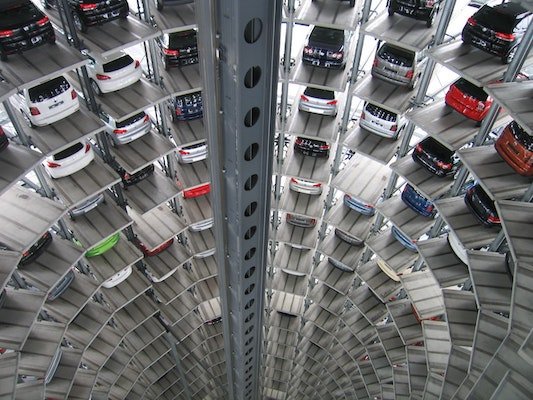
Choose the plan that fits your needs the best. Focus and be present. Leave the rest to us.

Huge leaps in technology allowed us to be and feel closer even while working remotely, BUT an office environment proved once again to be indispensable in the life-work balance output.
More on that topic HERE.
Now, we integrate benefits from these technological wonders, and move them into our offices and shared spaces to help us avoid common occupancy planning mistakes.
If you’ve never heard of them – or been making them yourself (been there, this is experience talking) – let’s learn how to UNDO them.
Nobody likes to look for their stuff half an hour after their shift is done. An increase in desk-sharing agendas has led to a shift in thinking about how and where mobile workers should keep personal belongings.
The most common solution is to install office lockers. Think about how many do you actually need? The number of lockers can vary for your project and your company’s workplace strategy and similar protocols.
Now, the tech.
A typical workstation includes a desktop computer, monitor(s), telephone, headset, and peripherals. Traditionally, every worker would use the same equipment each day.
In modern workplaces, particularly those with shared amenities, a mixed approach is required and very often much appreciated
For example, allocating fixed items according to the number of individual seats is a good start, because workers generally “live” on one desk. Mobile workers typically don’t feel a sense of ownership for these items.
In a shared coworking setting, this means that every worker gets to be assigned office amenities or at least he would receive a personal headset.

The minimum number of parking lots required per 1,000 square-foot office space is 100. The stress caused by higher workspace density and desk-sharing programs imposes various occupancy planning practices to be combined.
If you increase the number of desks and people in a coworking space daily, as a result, you may find there is not quite enough parking spaces.
By monitoring how many workers come to the office each day, you can identify peak times and seek workarounds such as carpooling, shuttle services, and public transit incentives.
To avoid making potentially costly occupancy planning mistakes, you must build a culture of awareness, vigilance, and permission within your teams.
Challenge assumptions across the board, share examples of what may the potential occupancy planning mistakes be, etc. When you deal with smaller spaces, mistakes tend to pile themselves spontaneously.
Depending on your situation, you might not be able to change the occupancy planning schemes without allocating your company. Or you can be smarter about forecasting demand. If that’s still the case – Maybe is time to move into a coworking area. Get in contact. Maybe we can fix you up with something.
Critical miscalculations have become common with the open workspace occupancy planning, especially in desk-sharing schemes, and especially on higher office attendance days.
Know that these missteps can be costly upon the over-provisioning or under-provisioning of resources, as it can impact employee productivity and experience.
In addition to challenging seats or people variables, FOCUS uses data-backed calculations, knowing that new ways of working also impact how those variables influence our projects.
From furniture to technology to building services and amenities, traditional ratios no longer apply.
Anyone who has ever been involved in office occupancy planning, design, or construction has (undoubtedly) encountered workplace density.
No matter which approach you take, it’s clear that by simply addressing these ground occupancy planning points, you support today’s dynamic workplaces. Focus on people and occupancy patterns.